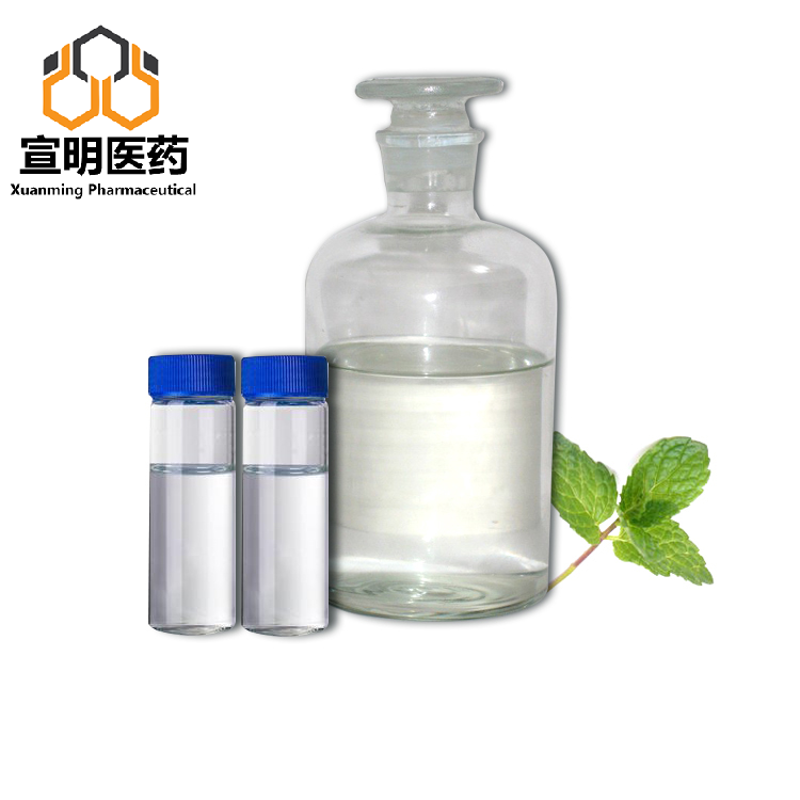-
Categories
-
Pharmaceutical Intermediates
-
Active Pharmaceutical Ingredients
-
Food Additives
- Industrial Coatings
- Agrochemicals
- Dyes and Pigments
- Surfactant
- Flavors and Fragrances
- Chemical Reagents
- Catalyst and Auxiliary
- Natural Products
- Inorganic Chemistry
-
Organic Chemistry
-
Biochemical Engineering
- Analytical Chemistry
-
Cosmetic Ingredient
- Water Treatment Chemical
-
Pharmaceutical Intermediates
Promotion
ECHEMI Mall
Wholesale
Weekly Price
Exhibition
News
-
Trade Service
| Modification of "molecular glue" can develop new anti-tumor drugs |
During the development of the human embryo, the web between the fingers will gradually disappear; during the growth of the tadpole, the tail will gradually disappear
.
In the process of growth and development, this "disappearance" is a kind of gene-regulated cell death, also known as apoptosis, which is a normal life phenomenon
However, tumor cells have broken the balance between proliferation and death due to defects in the apoptosis mechanism and become "immortal" cells
.
Therefore, an effective strategy to treat tumors is to use chemical drugs or gene regulation to induce tumor cell apoptosis
On October 27th, Wang Xiaodong’s team, director of the Beijing Institute of Life Sciences, Wang Hongwei’s team, professor of the Advanced Innovation Center for Structural Biology, Tsinghua University, and the Huang Niu team and Qi Xiangbing’s team worked together to publish a paper in Nature Communications, analyzing the three structures Different small molecule compounds (anagrelide, nauclefine, DNMDP) process the structure of the PDE3A-SLFN12 complex under the conditions to obtain the key structure information of the interaction between the small molecule and the protein complex
.
"Three small molecules can make the two proteins PDE3A and SLFN12 form a complex
.
Once the PDE3A-SLFN12 complex is formed, the cell will undergo apoptosis
Based on the obtained PDE3A-SLFN12 complex structure model and small molecule binding mode, the researchers selected anagrelide, a kind of treatment for thrombocytosis, which has good clinical pharmacokinetics, pharmacodynamics and safety.
Listed drugs) as the target molecule, carry out computer simulation and further optimization and transformation
.
The results show that the modified anagrelide analogs have a higher activity in inducing cell apoptosis and have a stronger potential to inhibit tumor growth in mouse tumor formation model experiments
Small molecule compounds of different structures can bind to PDE3A because the substrate binding region of the protein can accommodate chemical groups with different structures
.
Whether these small molecule compounds activate or inhibit cell apoptosis depends on whether the molecule has the properties of a molecular glue that can bind to SLFN12 to "stick" PDE3A and SLFN12 together
"We use biochemistry, structural biology, computational biology and chemical biology to design and optimize molecular glue based on the structure of the complex, and create more effective apoptosis-inducing molecules, which lays the foundation for the development of new tumor therapeutic drugs.
the foundation
.
"Wang Hongwei, said," this work is a collaboration of four teams each from a different point of view of research results, are indispensable
Related paper information: https://doi.
https://doi.







